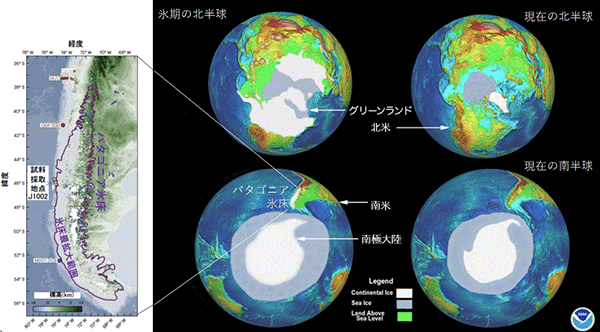2024-05-09 NASA
<関連情報>
- https://www.nasa.gov/general/nasa-images-help-explain-eating-habits-of-massive-black-hole/
- https://iopscience.iop.org/article/10.3847/1538-4357/ace2c3
サブ・エディントン型超大質量ブラックホールの降着モード: アンドロメダ座の中心パーセクに入る The Accretion Mode in Sub-Eddington Supermassive Black Holes: Getting into the Central Parsecs of Andromeda
C. Alig, A. Prieto, M. Blaña, M. Frischman, C. Metzl, A. Burkert, O. Zier,, and A. Streblyanska
The Astrophysical Journal Published: 2023 August 9
DOI:10.3847/1538-4357/ace2c3

Abstract
The inner kiloparsec regions surrounding sub-Eddington (luminosity less than 10−3 in Eddington units, LEdd) supermassive black holes (BHs) often show a characteristic network of dust filaments that terminate in a nuclear spiral in the central parsecs. Here we study the role and fate of these filaments in one of the least accreting BHs known, M31 (10−7LEdd) using hydrodynamical simulations. The evolution of a streamer of gas particles moving under the barred potential of M31 is followed from kiloparsec distance to the central parsecs. After an exploratory study of initial conditions, a compelling fit to the observed dust/ionized gas morphologies and line-of-sight velocities in the inner hundreds of parsecs is produced. After several million years of streamer evolution, during which friction, thermal dissipation, and self-collisions have taken place, the gas settles into a disk tens of parsecs wide. This is fed by numerous filaments that arise from an outer circumnuclear ring and spiral toward the center. The final configuration is tightly constrained by a critical input mass in the streamer of several 103M☉ (at an injection rate of 10−4⊙yr−1); values above or below this lead to filament fragmentation or dispersion respectively, which are not observed. The creation of a hot gas atmosphere in the region of ∼106 K is key to the development of a nuclear spiral during the simulation. The final inflow rate at 1 pc from the center is ∼1.7 × 10−7M☉ yr−1, consistent with the quiescent state of the M31 BH.



